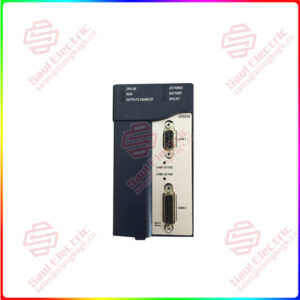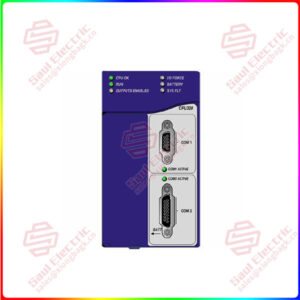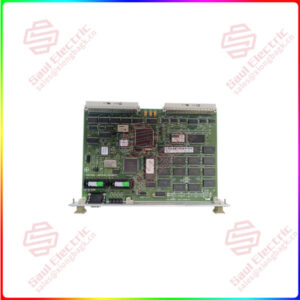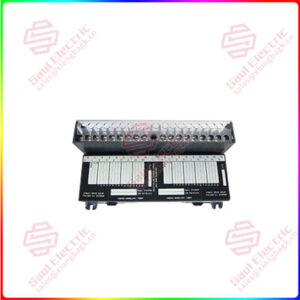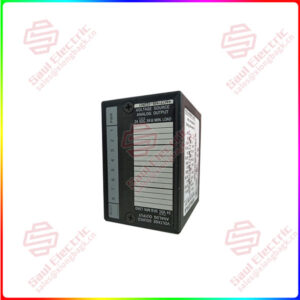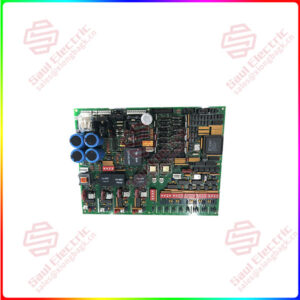Description
Overview
Essential details:5466-315 Analog I/O Module
Part Number: 5466-315
Manufacturer: Woodward
Product Type: Module
Number of channels: 24
Update time: 5 ms
Input range: 0-25 mA
Availability: In Stock
Function: Analog I/O Module
Country of Manufacture: United States (USA)
Functional Description
5466-315 is an Analog I/O Module developed by Woodward. This module is designed to handle a high density of analog signals for monitoring and control of analog quantities. On the input side, this module can accommodate signals such as voltage, current, temperature, pressure, and other analog quantities. It provides reliable signal conditioning features such as amplification and filtering to optimize the signal quality and integrity. The high-density configuration of the module allows for a large number of input channels to be accommodated within a compact form factor, enabling efficient use of space and minimizing system footprint.

5466-409
lf you need to inquire or purchase ,please send the product models to my email or call medirectly .
sunny He
[Email] sales@xiongbagk.cn
[Mobile] 86-18059884797
[WhatsApp] 86-18059884797
[Skype] sales@saulcontrol.com
5466-315 Analog I/O Module
Product Attributes
- It is equipped with digital-to-analog converters (DACs) that generate precise analog signals. These signals can be used to control actuators, valves, motors, and other devices in industrial processes. The module’s high-density design allows for a significant number of output channels, providing flexibility and granularity in controlling and modulating the industrial processes.
- To ensure superior performance and reliability, it incorporates advanced features. It often includes built-in calibration and self-diagnostic capabilities, which help maintain accurate and consistent measurements over time. Additionally, it offers protection mechanisms against overvoltage, overcurrent, and short circuits, safeguarding the module and the connected devices from potential damage.
- The module seamlessly integrates with a variety of industrial control systems, such as programmable logic controllers (PLCs), distributed control systems (DCS), and supervisory control and data acquisition (SCADA) systems. It typically supports standard communication protocols, facilitating smooth integration with existing infrastructure and enabling efficient data exchange with other modules and devices.
- The scalability and flexibility of the module allow for easy expansion and adaptation to changing system requirements. Multiple modules can be interconnected, enabling the system to accommodate an even higher density of analog I/O channels as needed. This scalability ensures that the module can grow alongside the evolving demands of the industrial control system.
Features
- The maximum voltage input range can range between 4.975 and 5.025 Volts depending on the module.
- The 24 channel analog inputs are divided into two banks, with data collected from channels 1 through 12 at 1.8 ms after the MFT tick and data collected from channels 13 through 24 at 3.7 ms after the MFT tick.
- When using the 24/8 Analog FTM, set the Conf. input field to 1 when configuring the AI Combo block in GAP. This will allow the block to use the module factory calibration values for the 4-20 mA inputs on the 24/8 Analog Module, which were calibrated with 200 ohm internal resistors.
Troubleshooting
- When the system is reset, a red Fault LED illuminates on each 24/8 Analog module.
- The CPU activates the Fault LED during module initialization, which occurs after each CPU reset. The CPU then runs diagnostic routines built into the software on each module. If the diagnostic test fails, the LED remains illuminated or blinks. The LED turns off if the test is successful.
- If the Fault LED on a module illuminates after diagnostics and initialization, the module may be faulty or in the incorrect slot.


 1 Year Warranty
1 Year Warranty
